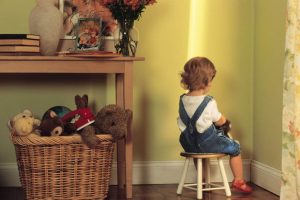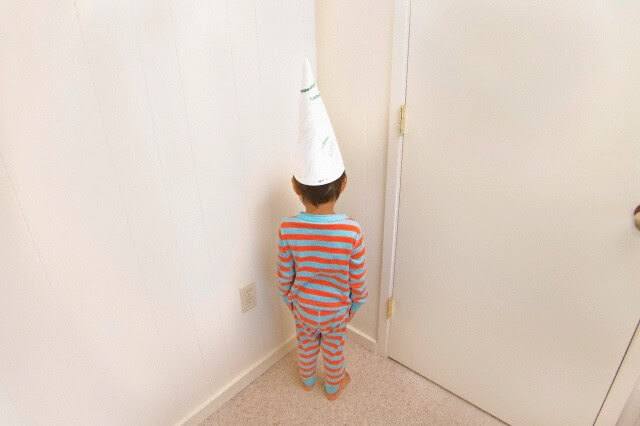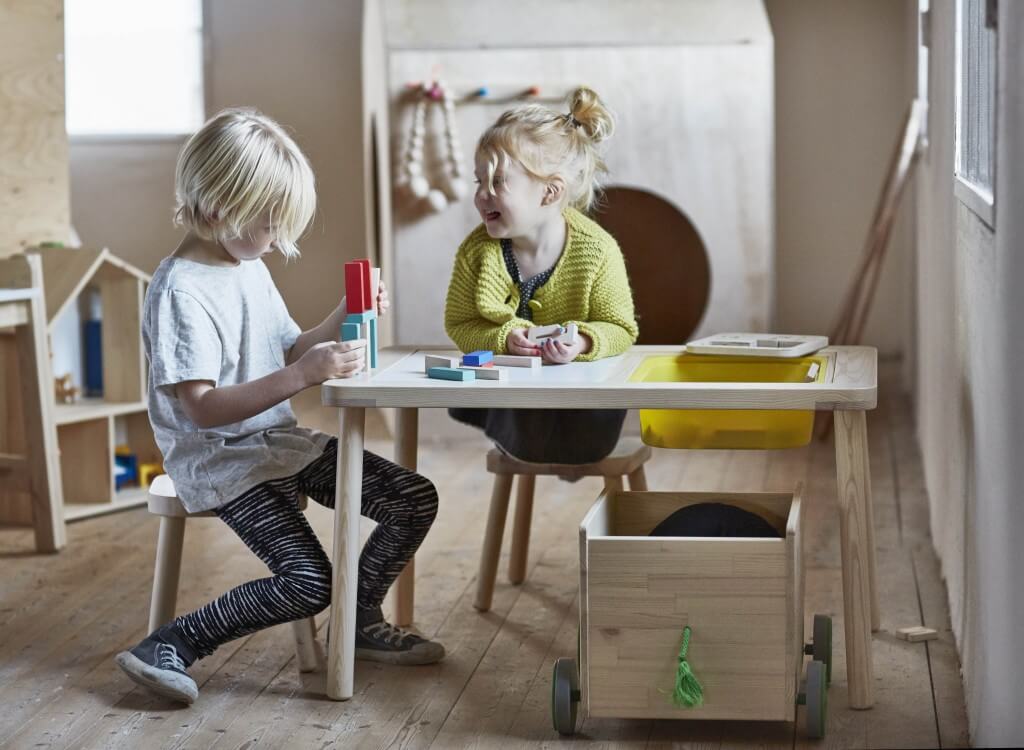The Connecting Corner as an Alternative to the Reflection Corner


Reviewed and approved by the psychologist María Alejandra Castro Arbeláez
Today we want to talk about using a “connecting corner” with your children as an alternative to sending them to a “reflection corner.” The technique of sending a child to sit in a special chair or corner to reflect became very popular thanks to the program Super Nanny.
Of course, sending a child to a corner or to a “naughty chair” is not a new idea. But prior to the popular reality show, the technique was used strictly as a method of punishment. The original idea was to make the child feel bad for something wrong he or she had done.
Obviously, a child who is only one or two years old isn’t going to do much deep reflection. When you send a small child to a “reflection area”, he’ll only understand that he’s done something wrong and his parents don’t want him close by. Of course, this is not the result parents are looking for.
The child might even come to the conclusion that, because she’s done something wrong, her parents don’t love her. Period. When we use isolation as a form of punishment, we send a message of conditional love. I love you if you’re well-behaved. When children receive this message, they begin to have feelings of insecurity.
It’s important to keep in mind that children are still learning how to control their actions. This is especially true regarding small children.
Therefore, when you punish them, you are often punishing them for something they can’t actually control. This brings about feelings of frustration. Rather than focusing on his conduct, your child will place his attention on your reaction.
If the reflection corner works, it’s because your child wants your love and approval more than anything else. And, of course, because your child has some level of control over his actions. If not, the reflection area will not work at all.

The connecting corner
The connecting corner is based on recognizing when a child needs to regain control and getting him out of the situation he’s in. Of course, the “reflection chair” shares this same intention. The difference with the connecting corner, however, is that your child will reflect while being accompanied by a parent or another trusted adult.
The connecting corner is somewhat similar to the peace table, a popular tool pertaining to the Montessori philosophy. However, the peace table is a place that the child visits voluntarily. Furthermore, that child can decide whether he wants to be accompanied or not.
As for the connecting corner, it is usually the adult that determines the need, and the child is always accompanied.

Another difference is that the peace table is usually a physical space, such as a table, as the name indicates. It can also be a box or a bench located in a calm place within the home. However, the “connecting corner” doesn’t refer to any specific spot.
The purpose behind the name is to contrast the idea of the reflection corner. But the idea of the connecting corner has nothing to do with an actual physical place.
The connecting corner can be a park bench, a bed, your back yard, or any other spot you find adequate at the time. The connecting corner can be any place where you and your child can carry out an activity together that will help you both calm down.
What types of activities can be done in the connecting corner?
Whatever you can think of, as long as it’s an activity that helps your child regain self-control.
We suggest telling your child stories, making a drawing, ripping paper into small pieces, jumping, shouting, running very fast, breathing deeply, looking at leaves on trees, watching your bellies rise and fall when you breathe, having your child listen to your heartbeat, drinking water, eating something, etc.
As you can see, there is a very wide variety of possibilities.
Once your child has calmed down and you can see that she’s regained control of herself, you can then talk about what happened. Make a point to use neutral language, without accusing or victimizing.
You can talk about ways in which she can react differently in the future. You can also try to help your child suggest ways to fix what was done, if this is possible.
Why is this option better than the reflection corner?
First of all, because it’s not based on isolating or disconnecting the child from the adults he trusts. Second, because it provides tools that help your child control his emotions and think about his behavior. And he does all this while being protected and strengthened by mom, dad or another close and trusted adult.
This text is provided for informational purposes only and does not replace consultation with a professional. If in doubt, consult your specialist.
